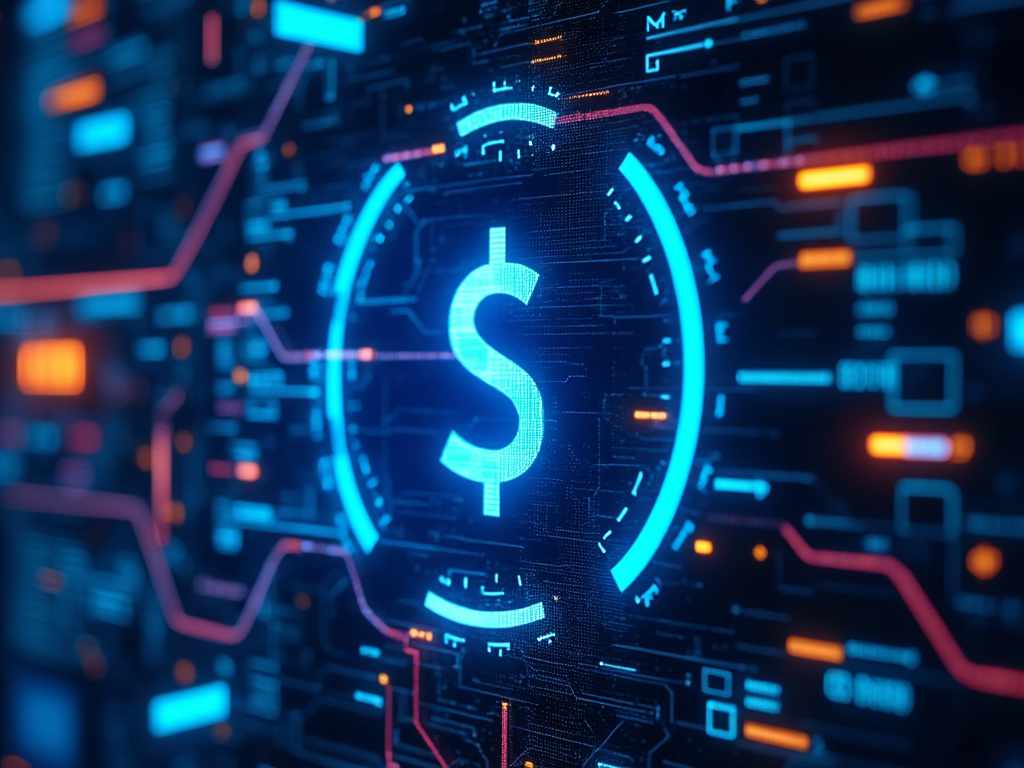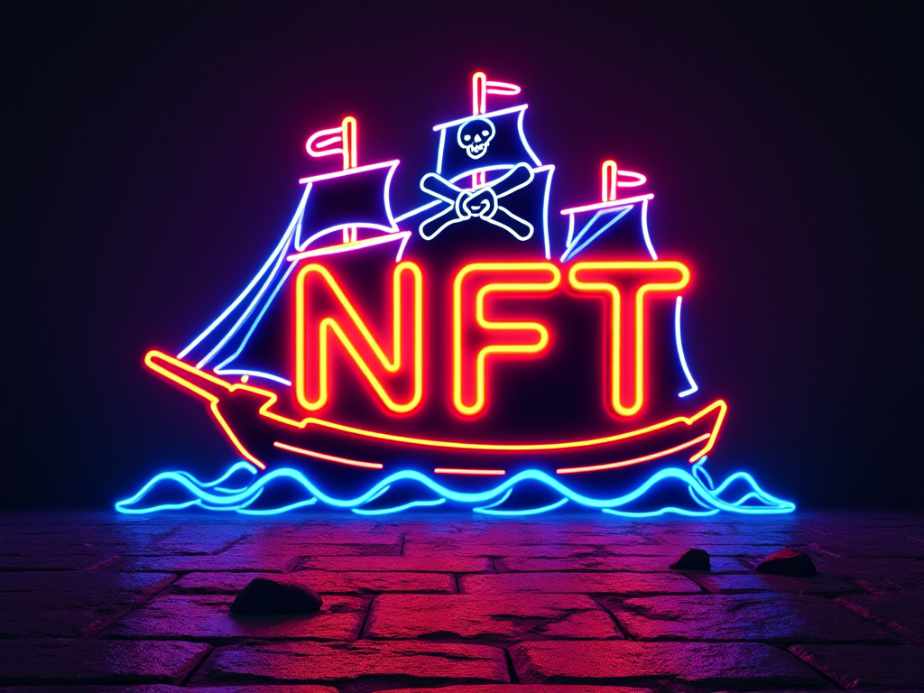Introduction
When I first heard about NFTs, I was pumped to jump in.
The idea of creating digital art and selling it as a unique asset sounded pretty cool, right?
But there was one problem—I didn’t know how to code, and my design skills?
Let’s just say I wasn’t about to win any art contests. And I wasn’t alone. Tons of people get stuck right there. The tech side of things, from coding smart contracts to setting up a minting process, scares people off.
But here’s where it gets interesting—AI has swooped in to save the day, making it possible to create and launch an NFT collection without any coding or advanced design skills. That’s right, no-code NFTs.
Whether you’re new to NFTs or a veteran wanting to streamline your process, AI tools can handle most of the heavy lifting. From generating the art itself to minting and marketing your collection, it’s never been this accessible.
Let’s talk about how you can use AI for NFT art creation and take your collection live—no coding needed.
How AI Makes NFT Creation Accessible to Everyone

Before AI came into the picture, you had two choices: hire a developer and designer (costly, right?) or spend weeks (if not months) learning the ins and outs of blockchain coding and design.
That alone would’ve killed my enthusiasm for starting an NFT project. I’m not the most patient person, and honestly, who has time for that?
AI, though, has simplified everything. You can now generate art, set up a collection, and even market it without having to touch a line of code.
AI tools like GoArt let you create stunning digital pieces with just a few clicks. No more agonizing over how to make your art pop or trying to understand blockchain jargon like “gas fees” or “smart contracts.”
These platforms give you templates, offer drag-and-drop features, and even help with minting your NFTs directly onto the blockchain. AI lets beginners—and I mean true beginners—feel like seasoned pros.
Even if you’re not an artist, AI’s got your back. Tools like Artbreeder allow you to create intricate designs based on pre-existing art styles, while Deep Dream Generator lets you input basic images or ideas and watch the AI spin them into unique, trippy pieces of art. It’s fun, fast, and pretty satisfying when you see the final product.
Trust me, you’ll get hooked on it.
Step-by-Step: How to Create and Launch an NFT Collection with AI

Here’s the process in a nutshell: you’ll choose your AI tool, design your NFT art, mint your collection, and promote it.
I’ll break it down step-by-step so that by the end of this post, you’ll be ready to go live with your very own NFT collection. Let’s dive into each step.
Step 1: Select an AI Tool for Generating Your Art
The first step is picking the right AI tool. The choice depends on what kind of art you want to create. If you’re into abstract, AI-generated visuals, you can start with NightCafe Studio.
These platforms allow you to upload a photo or base image, and the AI will apply different art styles to it. OneMint is another great tool that has specific features tailored for NFT collections—think customizable templates, quick edits, and easy-to-use drag-and-drop options.
Let’s say you’re not a designer (like me) and want to create something with zero effort. With GoArt, for example, you can generate NFTs based on existing art styles—so you don’t have to start from scratch.
Just select a style that fits your vision, upload a photo or use their built-in templates, and watch the AI do its magic. Trust me, you’ll be impressed.
Step 2: Customize and Refine the Art Using Simple Drag-and-Drop Tools
Here’s where you can put a little personal flair into your collection. After the AI generates the basic art, you can refine it using drag-and-drop editors.
Tools like Canva or Fotor offer basic design capabilities, letting you tweak colors, add text, or even overlay different elements.
I found myself adding a few extra design touches to make my art stand out more. Pro tip: keep it simple—sometimes too many effects or elements can clutter the design.
I’ve seen some people throw their AI-generated art into Photoshop or Procreate if they want more control. But honestly, if you’re looking for something quick and still eye-catching, the built-in tools on these AI platforms work just fine.
Step 3: Mint and List Your NFTs on a Marketplace Using AI-Powered Services
Once your art is ready, it’s time to mint it onto the blockchain. Don’t let this part freak you out; it’s much simpler than it sounds, especially with the tools available today.
You can use AI-powered platforms like Rarible or OpenSea to mint your NFTs. These platforms provide the option to mint directly, saving you from having to code a smart contract yourself.
Plus, they offer step-by-step guides for beginners, which is a lifesaver if you’re like me and not exactly a blockchain whiz.
To mint your art, upload your files, add a description, set your prices (or enable auction-style bidding), and pay the gas fee. That’s it—you’re officially live on the blockchain.
Just make sure to double-check everything before confirming. One time, I forgot to add the royalty fee, and I ended up losing a cut of my future sales. Learn from my mistake.
Step 4: Automate the Promotion of Your Collection Using AI Tools
Now that your NFTs are live, it’s time to get some eyes on them. Marketing is crucial for getting your collection noticed in a sea of other NFTs. Don’t worry, though—you don’t have to do it all manually.
AI marketing tools like Buffer or Hootsuite allow you to automate your social media posts, schedule content, and even track analytics on how your collection is performing.
Here’s the trick: spread your promotions across different platforms. Twitter and Discord are the go-to spots for NFT enthusiasts.
Make sure to engage with communities in both places. I once joined a few Twitter Spaces (those live audio chats) to talk about my NFT project. It was a game-changer in getting more exposure and even making a few sales!
Case Studies: Successful AI-Generated NFT Collections

If you need some inspiration, here are a few notable examples of people who’ve used AI to create successful NFT collections.
- AI Artist Robbie Barrat: He became famous for his AI-generated artwork, including a piece that sold for a whopping $432,500 at an auction. Using AI, Barrat created “Portrait of Edmond de Belamy,” which sparked a lot of interest in AI-generated NFTs.
- Botto: Botto is an AI that autonomously creates and sells its own NFTs. With an engaged community that helps guide its artistic decisions, Botto’s creations have sold for hundreds of thousands of dollars. This is a great example of how AI can collaborate with human input to create unique NFT collections.
- Sougwen Chung: A mix of artist and AI researcher, Chung blends human and machine collaboration to create fascinating pieces of digital art. She has been recognized as one of the top NFT artists using AI.
These examples show how even the most unlikely artists can break into the NFT space with the help of AI.
Conclusion
So there you have it: AI is making it easier than ever for anyone—even those of us with zero coding or design skills—to create and launch NFT collections.
The days of hiring expensive developers or spending months learning blockchain technology are behind us. AI lets you focus on what matters most: creating and sharing your vision with the world.
If you’ve been sitting on the sidelines, now’s your chance to jump in. Try out one of the AI tools I’ve mentioned and see what you come up with.
Who knows? Your AI-generated art might just become the next big thing in the NFT world.
Ready to take your NFT project to the next level? Explore the world of AI-powered NFT tools today and check out our comprehensive guide, Top No-Code NFT Platforms to Launch in 2024.
Get started on building your own collection effortlessly!
